3653 results in ebooks in fluid mechanics
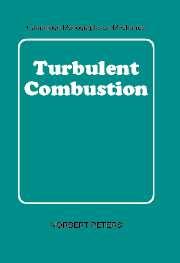
Turbulent Combustion
-
- Published online:
- 06 January 2010
- Print publication:
- 15 August 2000
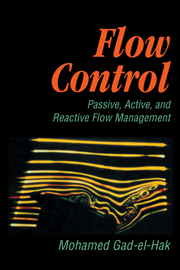
Flow Control
- Passive, Active, and Reactive Flow Management
-
- Published online:
- 23 December 2009
- Print publication:
- 15 August 2000
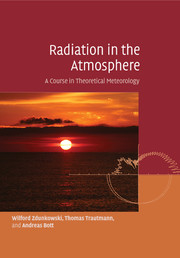
Radiation in the Atmosphere
- A Course in Theoretical Meteorology
-
- Published online:
- 18 December 2009
- Print publication:
- 29 March 2007
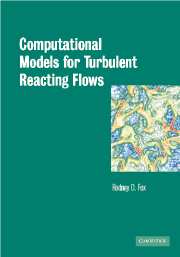
Computational Models for Turbulent Reacting Flows
-
- Published online:
- 07 December 2009
- Print publication:
- 30 October 2003
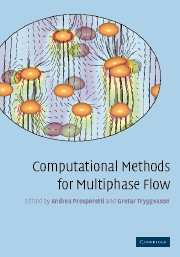
Computational Methods for Multiphase Flow
-
- Published online:
- 07 December 2009
- Print publication:
- 29 March 2007
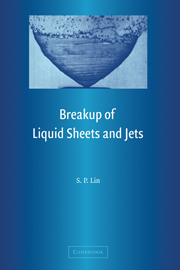
Breakup of Liquid Sheets and Jets
-
- Published online:
- 02 December 2009
- Print publication:
- 21 August 2003
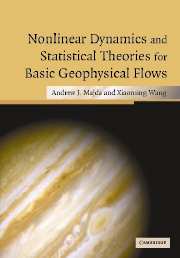
Nonlinear Dynamics and Statistical Theories for Basic Geophysical Flows
-
- Published online:
- 30 November 2009
- Print publication:
- 11 May 2006
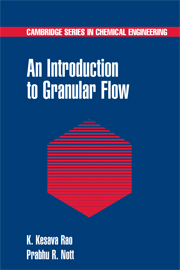
An Introduction to Granular Flow
-
- Published online:
- 19 November 2009
- Print publication:
- 28 April 2008
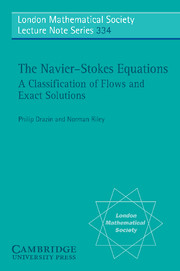
The Navier-Stokes Equations
- A Classification of Flows and Exact Solutions
-
- Published online:
- 16 November 2009
- Print publication:
- 25 May 2006
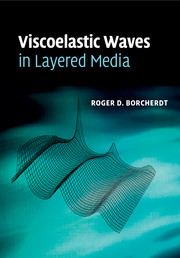
Viscoelastic Waves in Layered Media
-
- Published online:
- 29 October 2009
- Print publication:
- 14 May 2009
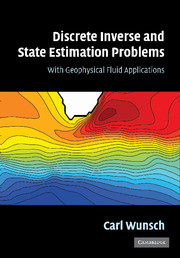
Discrete Inverse and State Estimation Problems
- With Geophysical Fluid Applications
-
- Published online:
- 28 October 2009
- Print publication:
- 29 June 2006
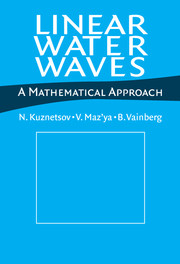
Linear Water Waves
- A Mathematical Approach
-
- Published online:
- 14 October 2009
- Print publication:
- 11 July 2002
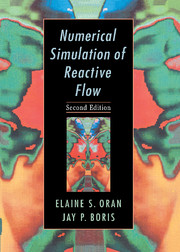
Numerical Simulation of Reactive Flow
-
- Published online:
- 09 October 2009
- Print publication:
- 06 November 2000
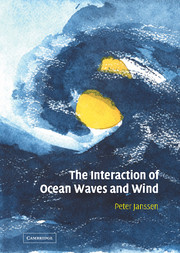
The Interaction of Ocean Waves and Wind
-
- Published online:
- 06 October 2009
- Print publication:
- 28 October 2004
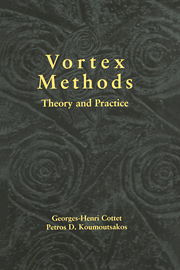
Vortex Methods
- Theory and Practice
-
- Published online:
- 21 September 2009
- Print publication:
- 13 March 2000
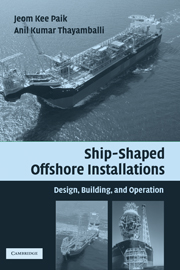
Ship-Shaped Offshore Installations
- Design, Building, and Operation
-
- Published online:
- 17 September 2009
- Print publication:
- 15 January 2007
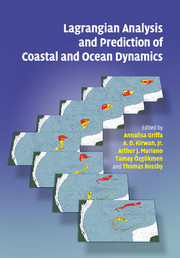
Lagrangian Analysis and Prediction of Coastal and Ocean Dynamics
-
- Published online:
- 07 September 2009
- Print publication:
- 10 May 2007
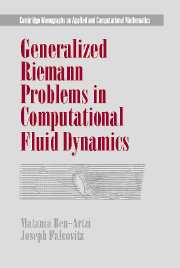
Generalized Riemann Problems in Computational Fluid Dynamics
-
- Published online:
- 20 August 2009
- Print publication:
- 10 April 2003
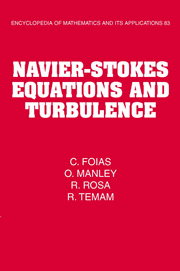
Navier-Stokes Equations and Turbulence
-
- Published online:
- 14 August 2009
- Print publication:
- 27 August 2001
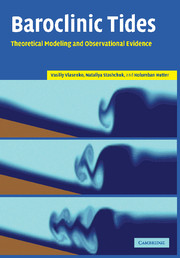
Baroclinic Tides
- Theoretical Modeling and Observational Evidence
-
- Published online:
- 14 August 2009
- Print publication:
- 14 July 2005
